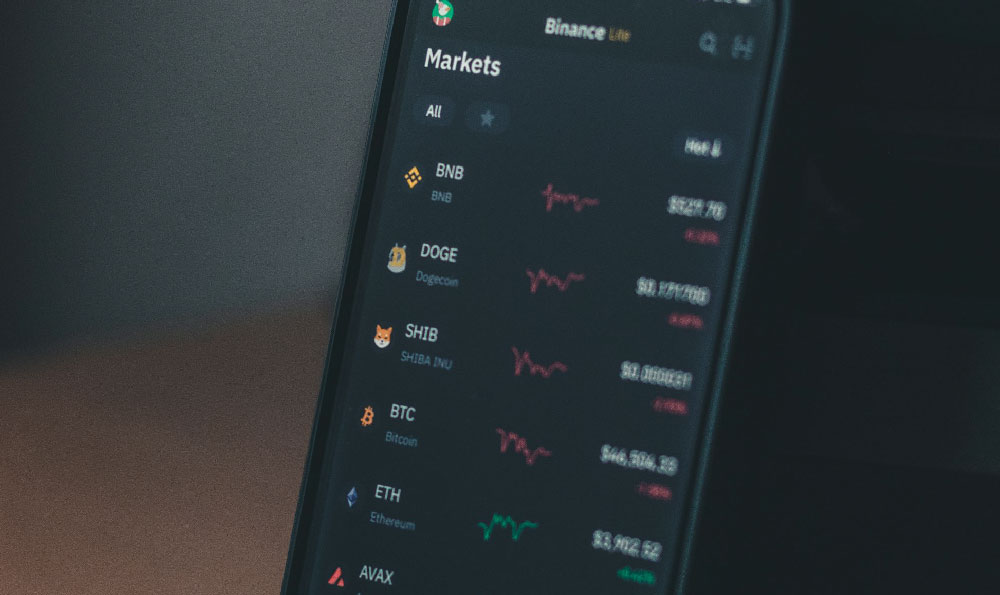
Investing in cattle, whether through direct farming or related financial instruments, can be a potentially profitable venture, but it requires careful consideration and a solid understanding of the market, the animals, and the various investment strategies available. The perceived simplicity of "raising cows" often masks the complexities involved in generating sustainable profits. Success hinges on managing risks, controlling costs, and making informed decisions based on market trends and your own risk tolerance.
Let's first address the fundamental question: is cattle farming, or investing in cattle-related assets, right for you? This isn't a simple yes or no answer. Several factors must be weighed, including your available capital, your risk appetite, your time commitment, and your knowledge of agriculture and financial markets. If you envision idyllic pastures and gentle bovine creatures, understand that reality involves mud, disease, volatile prices, and significant labor.
Direct cattle farming is a hands-on operation. It's not a passive investment. You'll be responsible for acquiring land, managing pastures, ensuring adequate water sources, providing veterinary care, and marketing your cattle. This requires a significant time commitment and a willingness to learn about animal husbandry, forage management, and agricultural business practices. The initial investment can be substantial, including the cost of land, fencing, equipment (tractors, trailers, etc.), and the cattle themselves. Operating expenses, such as feed, veterinary bills, and labor, can fluctuate significantly depending on weather conditions, market prices, and disease outbreaks.

The cattle market is notoriously cyclical, influenced by factors like weather patterns (droughts can drive down prices as ranchers destock herds), feed costs (high corn prices can make finishing cattle more expensive), and consumer demand (economic downturns can reduce demand for beef). Understanding these cycles and adapting your strategies accordingly is crucial for profitability. For instance, buying feeder cattle when prices are low and grain is relatively inexpensive can position you for higher profits when finished cattle prices rise. Conversely, knowing when to sell cattle to avoid market downturns is equally important. Hedging through futures contracts can help mitigate price risk, but requires expertise and comes with its own set of challenges.
If direct cattle farming isn't feasible or desirable, there are alternative ways to participate in the cattle market. These include:
- Investing in publicly traded companies: Companies involved in beef production, meat processing, and agricultural services offer indirect exposure to the cattle market. However, their stock prices are influenced by a wider range of factors beyond just cattle prices, so diversification is crucial. Thoroughly research the company's financials, management, and industry position before investing.
- Cattle futures and options: These financial instruments allow you to speculate on the future price of cattle. While they offer the potential for high returns, they also carry significant risk. Futures trading requires a deep understanding of market dynamics and risk management techniques. Options can provide more flexibility, but premiums can erode profits if your price predictions are inaccurate. Novice investors should exercise extreme caution and consider seeking advice from a qualified financial advisor.
- Agricultural real estate investment trusts (REITs): Some REITs focus on farmland, including grazing land for cattle. This provides exposure to the agricultural sector without the direct operational responsibilities of cattle farming. The returns are typically more stable than direct cattle prices but are still influenced by agricultural market trends.
- Investing in cattle funds or syndicates: These pooled investment vehicles allow you to participate in cattle ownership or farming operations without directly managing the animals. The fund manager handles the day-to-day operations and marketing, but you share in the profits (and losses). Carefully evaluate the fund manager's track record, investment strategy, and fee structure before investing. Due diligence is paramount as the quality and success of these funds can vary significantly.
- Livestock Revenue Insurance (LRP): For producers who are already involved in cattle farming, LRP is a federal insurance program that provides protection against declines in livestock prices. It helps to manage risk and stabilize income in a volatile market. Understanding the terms and conditions of LRP is vital to ensure it aligns with your risk management goals.
Regardless of the chosen investment strategy, thorough research and due diligence are essential. This includes analyzing market trends, understanding the risks involved, and seeking advice from experienced professionals. For those considering direct cattle farming, networking with experienced ranchers, attending agricultural workshops, and developing a comprehensive business plan are crucial steps.
Key factors that impact profitability in cattle farming include:
- Feed efficiency: Optimizing feed utilization is critical for reducing costs and maximizing weight gain. This involves selecting appropriate cattle breeds, providing balanced nutrition, and managing grazing pastures effectively.
- Reproductive efficiency: A high calf crop percentage is essential for profitability. This requires careful management of breeding programs, ensuring proper nutrition for breeding animals, and minimizing losses due to disease or calving problems.
- Disease management: Preventing and controlling diseases is crucial for minimizing losses and maintaining animal health. This involves implementing biosecurity measures, providing vaccinations, and promptly treating sick animals.
- Marketing strategy: Identifying profitable marketing channels is essential for maximizing returns. This may involve selling directly to consumers, participating in livestock auctions, or contracting with meat processors.
- Risk management: Developing a comprehensive risk management plan is crucial for protecting against unexpected events, such as droughts, disease outbreaks, and market downturns.
Ultimately, profiting from cattle, whether through direct farming or indirect investment, requires a combination of agricultural knowledge, financial acumen, and disciplined risk management. It's not a get-rich-quick scheme, but with careful planning, diligent execution, and a realistic understanding of the market, it can be a viable and rewarding investment. Remember to consult with qualified professionals, including financial advisors, agricultural specialists, and legal counsel, to ensure your investment decisions are aligned with your financial goals and risk tolerance. Due diligence is your best defense in navigating the complexities of the cattle market.




